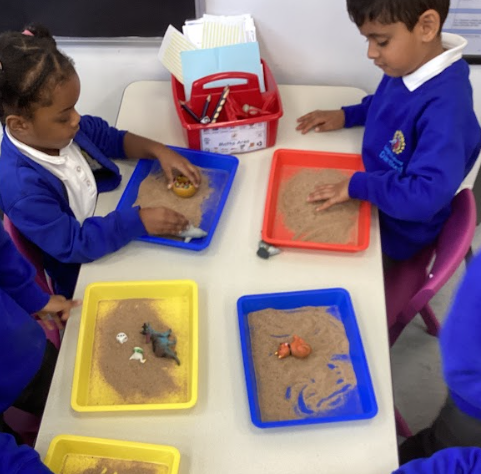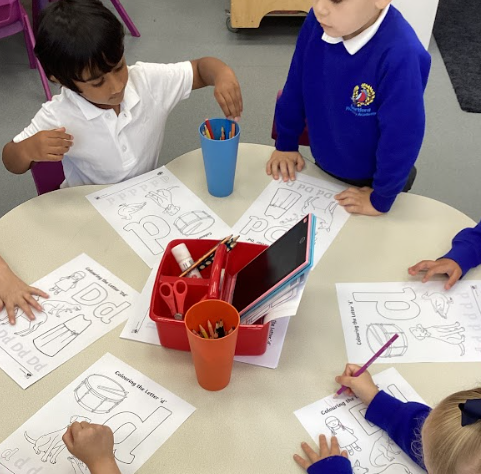This week the children have begun their phonics journey. Each day they have been learning a new sound together in their groups. We have begun with the sounds m, a, s, d, t and will continue to work through the rest of set 1 sounds throughout this term.
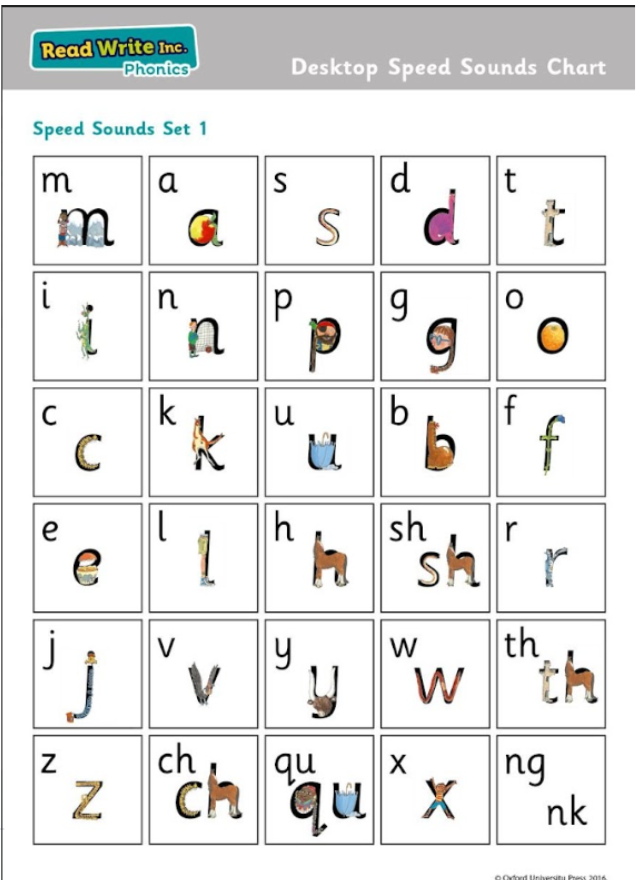

The children then had a go at writing it in their phonics books.
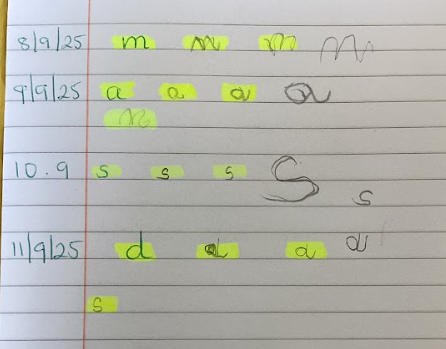
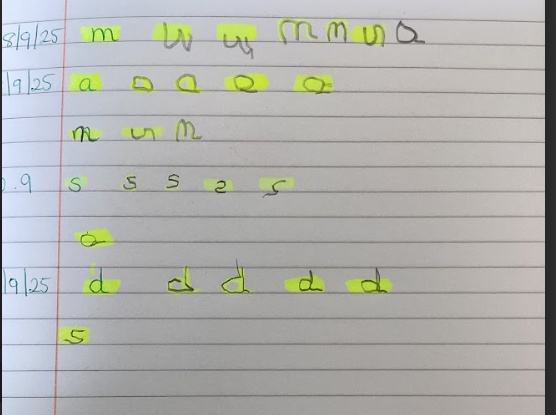
During phonics time, the children get to work on a variety of different activities to help their phonics knowledge along with working on their fine motor skills.
